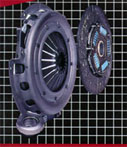The u-joint operating angle is the angle formed by two yokes connected by a cross and bearing kit. There are two kinds of u-joint angles.
The simple one plane angle found in most installations has all driveline slope confined to one plane, usually the vertical plane. The other type of driveline angle is compound angle in two planes. This is found in driveline designs where offset exists in both the vertical and horizontal planes. |
|
|
| One Plane Angle Driveshaft's, Side & Top View | Two Plane Angle Driveshaft, Side & Top View |
High angles combined with high RPM is the worst combination, resulting in reduced u-joint life. Too large and unequal u-joint angles can cause vibrations and contribute to u-joint, transmission and differential problems. The improper u-joint angles must be corrected.
Ideally, the operating angles on each end of the driveshaft should be equal to or within 1 degree of each other, have a 3 degree maximum operating angle and have at least 1/2 of a degree continuous operating angle.
RPM is the main factor though in determining maximum allowable operating angles. As a guide to maximum normal operating angles, refer to the following chart: DRIVESHAFT RPM | MAX. NORMAL OPERATING ANGLE | 5000 | 3.25º | 4500 | 3.67º | 4000 | 4.25º | 3500 | 5.00º | 3000 | 5.83º | 2500 | 7.00º | 2000 | 8.67º | 1500 | 11.5º |
When the transmission output shaft centerline and axle input shaft centerline are parallel, the u-joint operating angle permissible is length of driveshaft divided by five. Example: A short coupled driveshaft with a 15" length would be limited to 3 degrees maximum operating angle. A 30" shaft would be limited to 6 degrees.
When the transmission output shaft centerline and axle input shaft centerline intersect midway of the driveshaft, the joint angles are equal. However, due to the change to unequal joint angles during up and down axle movement, this is a more undesirable condition than parallel centerlines. In this case, the maximum u-joint operating angle is determined by dividing length of driveshaft by ten. Example: A 30" driveshaft with intersecting angles would have a 3 degree permissible operating angle.
CHECKING DRIVESHAFT ANGLES IN THE VERTICAL OR HORIZONTAL PLANE
WARNING: | | Rotating shafts can be dangerous. You can snag clothes, skin, hair, hands, etc. This can cause serious injury or death. Do not work on a shaft (with or without a guard) when the engine is running |
Use the following procedure to check driveshaft angles for proper u-joint operating angles.
1. Inflate all tires to the pressure at which they are normally operated. Park the vehicle on a surface which is as level as possible both from front to rear and from side to side. Do not attempt to level the vehicle by jacking up the front or rear axles. Shift the transmission into neutral and block the front tires. Jack up a rear wheel.
2. Rotate the wheel by hand until the output yoke on the transmission is vertical, and lower the jack. This simplifies measurement later. Check driveshaft angles in the same loaded or unloaded condition as when the vibrations or noise occurred. Always try to check driveline angles in both loaded and unloaded conditions.
3. To determine driveshaft angles, a spirit level protractor or Spicer Anglemaster ® II Electronic Driveline 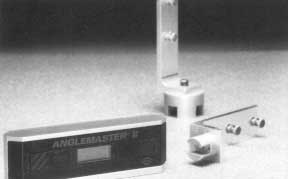 Inclinometer is required. On a protractor, when angles are read from 0 degree mark (horizontally - on the driveshaft) record and use the angle shown. When angles are read from either of the 90 degree marks (vertically - on the flange) do not record the angle shown on the protractor since the 90 degree marks must be understood to be the same as 0 degrees on the horizontal plane. Thus, if a vertical reading is 85 degrees, the angle being measured is 5 degrees (90 - 85 = 5 degrees).
To use the Spicer Anglemaster ® II Electronic Driveline Inclinometer, simply place the sensor on the component to be measured. A display module will show what the angle is and in which direction it slopes. We offer Spicer Anglemaster ® II Electronic Driveline Inclinometer for $300.00.
If using a protractor, all angles should be read within 0.25 degree and they should be measured with the 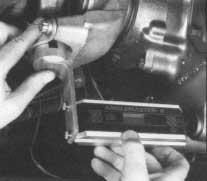 protractor held plumb on a clean flat surface. The Spicer Anglemaster ® II Electronic Driveline Inclinometer is automatically accurate to within 1/10 of 1 degree. Always measure the slope of the drivetrain going from front to rear. A component slopes downward if it is lower at the rear than the front. A component slopes upward  when it is higher at the rear than it is in front.
4. Check and record the angle on the main transmission. This reading can be taken on the end yoke lug, with the bearing assembly removed or on a flat surface of the main transmission parallel or perpendicular to the output yoke lug plane. Record your readings on a sketch.
5. Now check the drive shaft angle between the transmission and axle or forward axle. On short tube length Driveshaft's, check the angle of the driveshaft on either the tube or slip yoke lug with the bearing assembly removed. On long tube length Driveshaft's, measure the angle on the tube at least 3" away from the circle welds or at least 1" away from any balance weights. Be sure to remove any rust, scale or sound deadening compounds from the tube to obtain an accurate measurement. 6. Check the forward axle input yoke angle by removing a bearing assembly and measuring the angle on the yoke lugs or on a flat surface of the angle housing parallel or perpendicular to the input yoke lug plane. 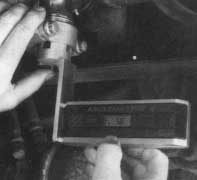 7. If applicable, measure the output yoke angle of the forward axle, the angle of the tandem driveshaft between the forward axle and the rear axle, and the rear axle input yoke angle. With all of the angles recorded, complete a drawing as shown below. There are no u-joint operating angles in your drawing at this time, jut the slope of the components and their direction. To determine u-joint operating angles, simply find the difference in the slopes of the components. When the slopes are in the Same direction on two connected components, Subtract the smaller number from the larger to find the u-joint operating angle. When the slopes are in the Opposite direction on two connected components, Add the measurements to find the u-joint operating angle. Now compare the u-joint operating angles on your drawing to the rules for ideal operating angles mentioned above.   click image to enlarge. click image to enlarge.
CORRECTING U-JOINT OPERATING ANGLES
The recommended method for correcting severe u-joint operating angles depends on the vehicle suspension or driveline design. On vehicles with leaf springs suspension, thin wedges called axle shims can be installed 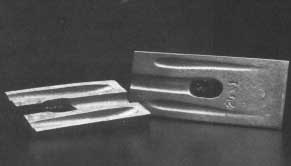 under the leaf springs of single axle vehicles to tilt the axle and correct u-joint operating angles. Wedges are available in a range of sizes to change pinion angles. On vehicles with tandem axles, the torque rods can be shimmed. Torque rod shims rotate the axle pinion to change the u-joint operating angle. A longer or shorter torque rod may be available from the manufacture if shimming is not practical. Some torque rods are adjustable. As a general rule, the addition or removal of a 1/4" shim from the rear torque arm will change the axle angle approximately 3/4 of a degree. A 3/4 of a degree change in the pinion angle will change the u-joint operating angle about 1/4 of a degree.
Always take the time to call the vehicle manufacturer if there are unusual u-joint operating angle problems.
WHAT CAUSES U-JOINT OPERATING ANGLES TO CHANGE
- Suspension changes caused by: worn bushings in the spring hangers, worn bushings in the torque rods incorrect airbag height
- Revisions in components of the driveline
- Stretching or shortening the chassis
- Adding an auxiliary transmission or transfer case in the main driveline
- Worn engine mounts
- Raising or lowering of the vehicle
DRIVESHAFT BRAKE
When a driveshaft brake is used, care must be taken to see that the brake drum is properly piloted, runs true and is in balance.
Other Driveline related issues:
We offer a complete line of accessories for your vehicle, check out the following links: In addition to differential repair parts we offer free technical support to assist you in solving your automotive problems as well as a large list of the following products to improve your vehicles performance, economy, safety and appearance:
| 







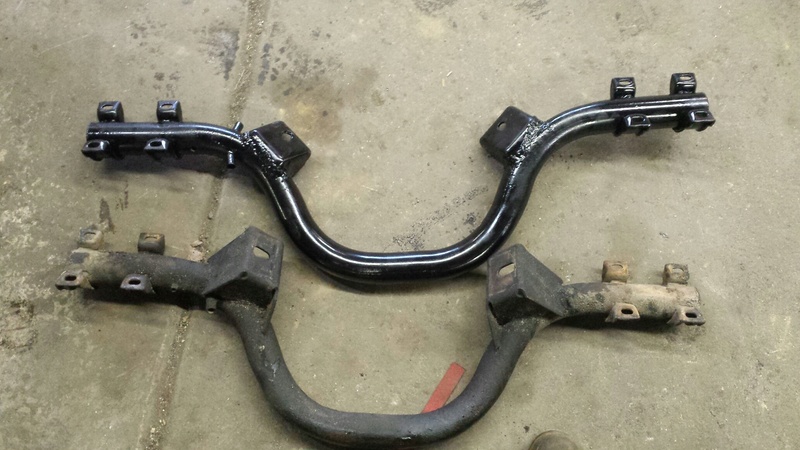

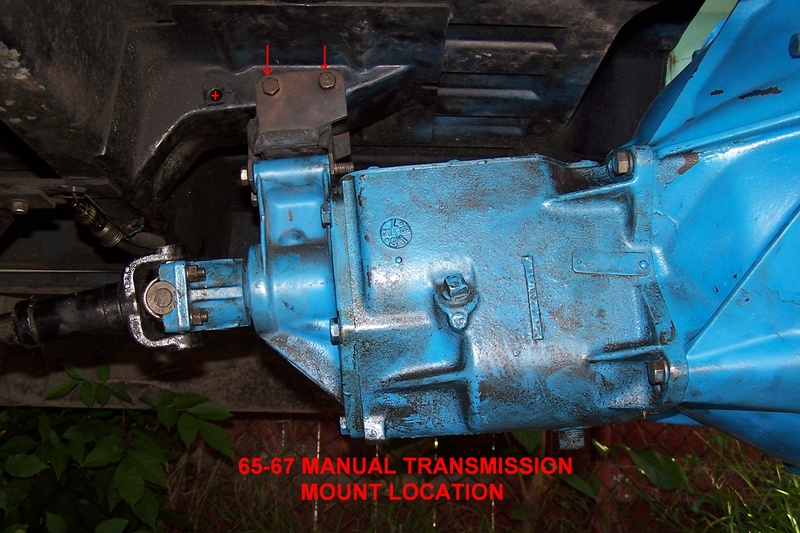




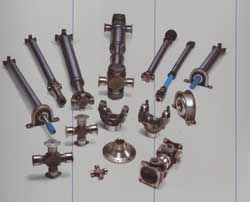
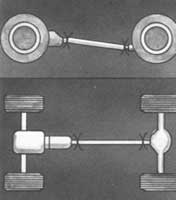

 Inclinometer is required. On a protractor, when angles are read from 0 degree mark (horizontally - on the driveshaft) record and use the angle shown. When angles are read from either of the 90 degree marks (vertically - on the flange) do not record the angle shown on the protractor since the 90 degree marks must be understood to be the same as 0 degrees on the horizontal plane. Thus, if a vertical reading is 85 degrees, the angle being measured is 5 degrees (90 - 85 = 5 degrees).
Inclinometer is required. On a protractor, when angles are read from 0 degree mark (horizontally - on the driveshaft) record and use the angle shown. When angles are read from either of the 90 degree marks (vertically - on the flange) do not record the angle shown on the protractor since the 90 degree marks must be understood to be the same as 0 degrees on the horizontal plane. Thus, if a vertical reading is 85 degrees, the angle being measured is 5 degrees (90 - 85 = 5 degrees).  protractor held plumb on a clean flat surface. The Spicer Anglemaster ® II Electronic Driveline Inclinometer is automatically accurate to within 1/10 of 1 degree. Always measure the slope of the drivetrain going from front to rear. A component slopes downward if it is lower at the rear than the front. A component slopes upward
protractor held plumb on a clean flat surface. The Spicer Anglemaster ® II Electronic Driveline Inclinometer is automatically accurate to within 1/10 of 1 degree. Always measure the slope of the drivetrain going from front to rear. A component slopes downward if it is lower at the rear than the front. A component slopes upward  when it is higher at the rear than it is in front.
when it is higher at the rear than it is in front. 


 under the leaf springs of single axle vehicles to tilt the axle and correct u-joint operating angles. Wedges are available in a range of sizes to change pinion angles. On vehicles with tandem axles, the torque rods can be shimmed. Torque rod shims rotate the axle pinion to change the u-joint operating angle. A longer or shorter torque rod may be available from the manufacture if shimming is not practical. Some torque rods are adjustable.
under the leaf springs of single axle vehicles to tilt the axle and correct u-joint operating angles. Wedges are available in a range of sizes to change pinion angles. On vehicles with tandem axles, the torque rods can be shimmed. Torque rod shims rotate the axle pinion to change the u-joint operating angle. A longer or shorter torque rod may be available from the manufacture if shimming is not practical. Some torque rods are adjustable. 

